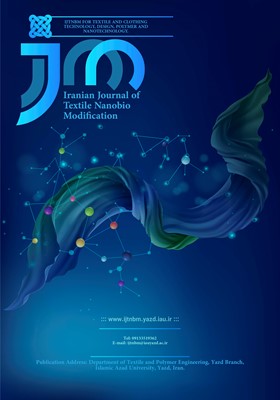-
-
-
Open Access Article
1 - Production, Characterization and Application of Nano - Phase Change Materials: A Review
Pouriya Norooz Kermanshahi Graça Soares -
Open Access Article
2 - Systematic review of wound dressings: A movement from the past to the present
Pouriya Norooz Kermanshahi Graça Soares
List of Articles Graça Soares
-
The rights to this website are owned by the Raimag Press Management System.
Copyright © 2021-2025


